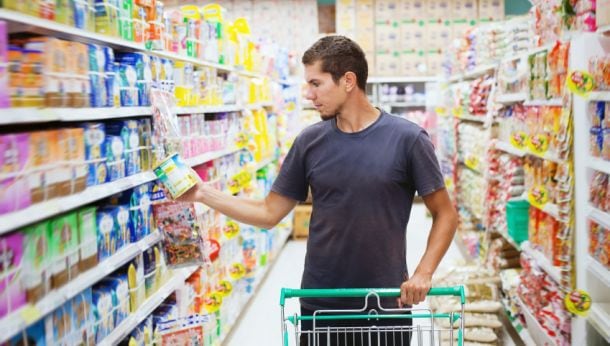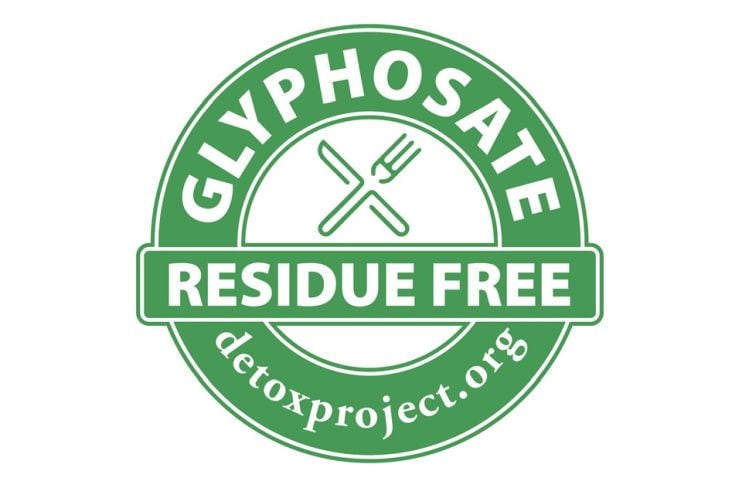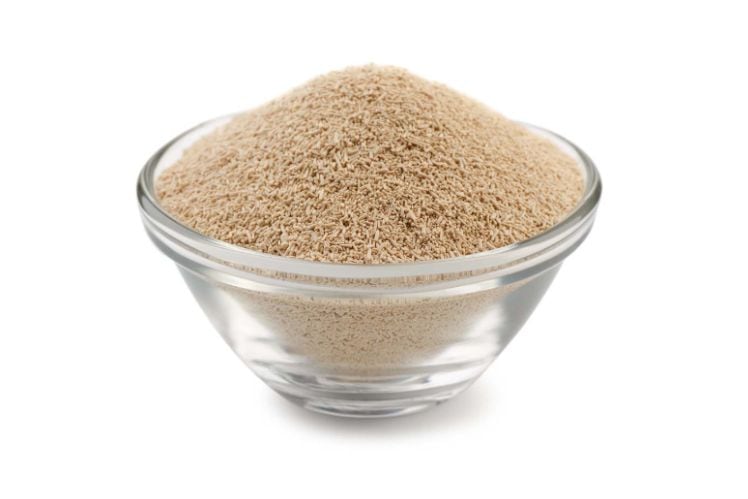“We know that consumers are paying attention to the conversation about heavy metals, especially in foods for infants and young children and it’s an issue where I believe that consumer advocacy may result in regulatory change over time. It might be on the periphery of consumer awareness now, but we think the next frontier of food safety is food toxicity.”
Some industry critics have accused the Clean Label Project (which tests foods for everything from antibiotic and pesticide residues to BPA and acrylamide, offering a ‘clean label project certified’ seal for top performers) of scaremongering by raising alarm bells over trace levels of substances naturally occurring in the soil, or present in such minuscule quantities that they pose no threat to consumers.
Not surprisingly, many companies also object to the use of terms such as ‘toxic’ to describe substances found in their wares, with Natural Products Association executive director Dr Dan Fabricant recently telling our sister site NutraIngredients-USA that the CLP's statements in a recent report on contaminants in protein powders were "defamatory."
He added: “Just look at the language and how they use the term ‘detectable levels.’ It’s all made to look very scandalous and salacious. Everything suggests implicitly that there is a critical public health issue. We believe this is bad for the brands themselves and bad for the industry."
You can’t find what you’re not looking for
But Bowen, in turn, says she is simply trying to effect change by pushing brands to think more carefully about how they source raw materials.
“In many cases food companies – or their suppliers - are not even testing for these things in the first place, and you can’t find what you’re not looking for. But if you know that arsenic is something to watch in rice or cadmium is something to watch in cocoa, you can set specifications to say these ingredients should not exceed this level of this contaminant.”
While crops might absorb trace levels of heavy metals from the soil in which they are grown, for example, said Bowen, CLP testing has revealed significant differences between foods in the same category, helping manufacturers to identify whether they are an outlier.
“When you’re looking at 175,000 data points you see trends, you see statistical outliers that are different from the norm, like a protein powder with more than 125ppb of lead - when the limit for drinking water is 15ppb,” added Bowen, who previously held technical, standards development and leadership roles at the WHO Collaborating Centre, NSF International, and domestic USDA organic certifier Quality Assurance International.
“I always say to brands that heavy metals are not ubiquitous. When we tested baby foods, 40% of products had some level of lead, but 60% of them are non-detect even at trace levels. So what are those brands doing differently? If more than half of the industry can achieve below this level [for a given contaminant], we know it’s possible [for everyone else]."
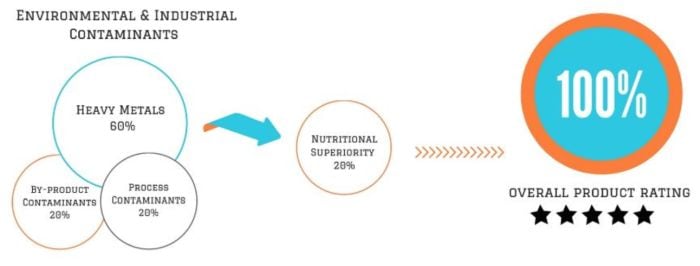
The Clean Label Project tests products in an accredited analytical chemistry laboratory for industrial and environmental toxins including arsenic, cadmium, mercury, lead, BPA, antibiotic, BPs, mycotoxin and pesticide residues, acrylamide and melamine. It also factors in what it variously calls "nutrient superiority" or "ingredient quality" but does not spell out what this means on its website.
When you’re looking at 175,000 data points you see trends, you see statistical outliers that are different from the norm
She added: “We’ve got Prop 65 in California [which requires brands with even trace levels of hundreds of substances to put warning labels on foods about cancer and reproductive harm] but at the federal level very little has been done.
“We know lead causes cancer but we’re not doing anything about lead in food,” added Bowen, who has a degree in environmental biology, a Master of Public Health in management and policy, a Master of Science in quality engineering, and a post-graduate certificate in innovation and business strategy.
Black box?
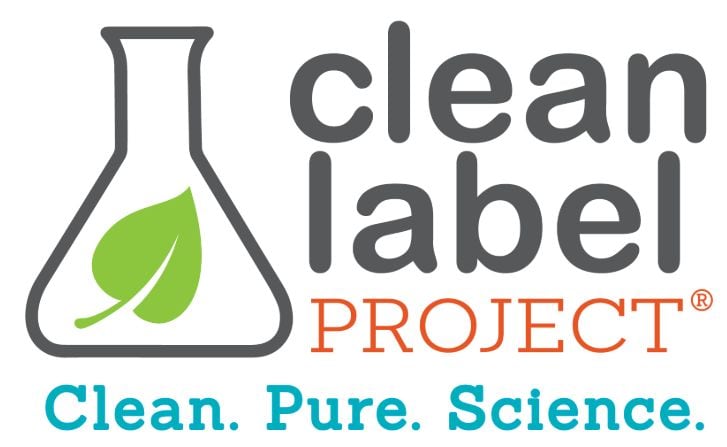
But what about critics who say that the algorithms underpinning the Clean Label Project’s 5-star rating system are not published on its website, or that its rankings are not presented in a manner that enables consumers to put them in context (eg. is there a meaningful difference between products awarded one star or five stars)?
“We look at benchmark data – what is reasonable to achieve [for, say, lead levels in category X]," said Bowen, who said that if a company wants to know exactly how products are being ranked, CLP is happy to share its methodology in detail.
"When you have five stars you’re in the top 20% when it’s compared to other products in the class.”
There’s a difference between regulatory limits and public health limits
But to what extent does the Clean Label Project factor in thresholds set by government agencies such as the EPA or safe harbor limits established by state regulations such as California’s Prop 65?
“If there is guidance that has been set by regulators then we would use that as a source of inspiration, but I would say that there is no safe level of lead,” claimed Bowen, although she acknowledged that under Prop 65 there are established safe harbor levels for lead [below which warnings are not required].
But she added: “There’s a difference between regulatory limits and public health limits.”

